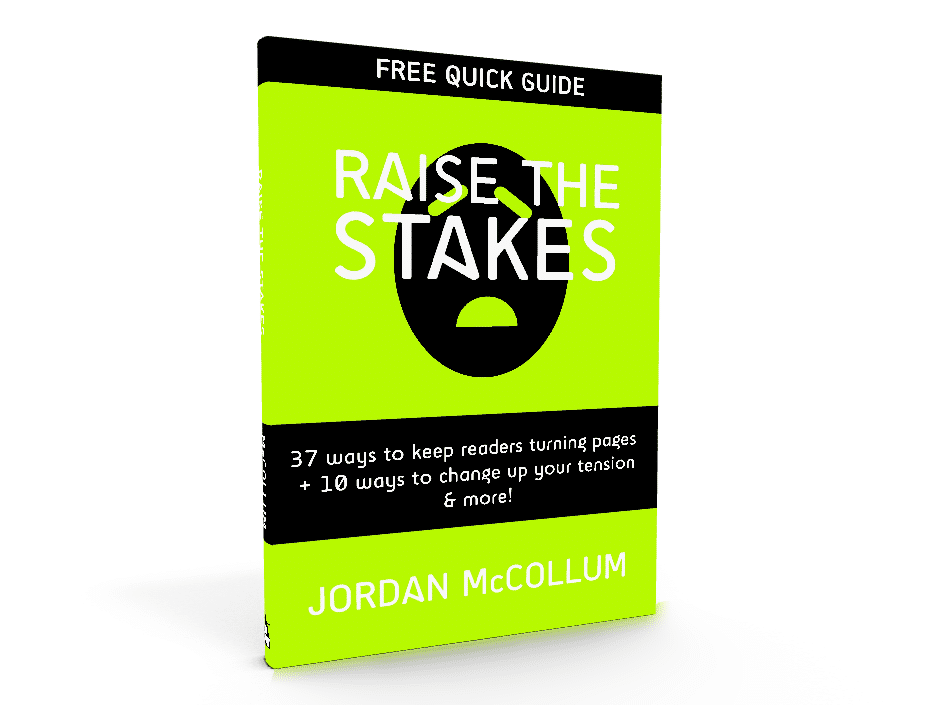After we looked at four goals of an author’s website (before publication), now we’re ready to start our website reviews. Just as a reminder, my day job is in Internet and search engine marketing. Kathleen MacIver, my co-reviewer, runs KatieDid website design. Our first victim review is of LiviaBlackburne.blogspot.com. Thanks for being the first to step up to the plate for the website reviews, Livia!

Livia’s site
Jordan’s comments
Hi, Livia! If I had to guess, I’d say you’re in the get ready phase—you’re in the process of writing, but you’re not submitting to agents or editors yet.
In the get ready phase, your goal is to build a community around your blog. You can network with other writers (and maybe agents and editors), you can appeal to readers of your chosen genre, you can tout your platform or skills.
So right now, I’d focus on using your blog in one or more of those ways. As far as usability goes, right now, you’re probably okay, but you’ll want to make some changes before you use your blog as a marketing tool or mention it in a query letter.
Your blog can actually perform the functions of a full website if you add a menu bar. On the menu bar, you’d want to link to your about page, contact page and works page, at a minimum. (Your blog would probably benefit from at least the first two right now.) Additionally, you can buy the domain LiviaBlackburne.com and put your blog on it. (If you want to develop a separate website later, no problem—put your blog on blog.liviablackburne.com and you can add your main website at liviablackburne.com later.)
If you do anything now, I would add a way for someone to contact you directly. Yes, we can tweet you, but if we’re not on Twitter, the only other way we have to contact you is through a blog comment—not very private.
Posts and their content
 A huge strength of your blog already is your focus on a topic and a niche—a [neuro]scientific approach to writing. In terms of quality, your posts look great! You have really good, helpful content. Generally, however, when you post more frequently, your blog will grow more. Posts are what blogs are for, after all
A huge strength of your blog already is your focus on a topic and a niche—a [neuro]scientific approach to writing. In terms of quality, your posts look great! You have really good, helpful content. Generally, however, when you post more frequently, your blog will grow more. Posts are what blogs are for, after all 
If you have trouble coming up with things to write about, you could break some of your future posts into series of shorter posts (you could get four posts out of a post like yours on the power of prologues, for example). Series also helps to build a sense of anticipation among your blog readers—they’re looking forward to your next post.
You can also add more bulleted lists to help make your reading more scanable, if suited to your posts. Pictures, even stock photos, also help to break up big blocks of text and draw in readers (I use sxc.hu and Flickr Creative Commons search to find mine). See the screencap at right to see how photos break up what otherwise looks like a long block of text. (Also, there’s a bulleted list in there; they stand out more when you do them “for real” instead of just throwing a graphic together like that.) The screencap also includes the recommendations I have made/will make about your sidebar.
For a blog that’s pretty young, you’re already getting multiple comments on your posts—woot! You can always try to appeal more directly to encourage blog comments, such as asking discussion questions at the end of the post.
Similarly, you can appeal directly to your readers to become Followers and subscribers.
Search engine presence
Your search engine presence is decent. I think you’re very smart to start using your married name now (and congrats and good luck on the big day!)—changing later would’ve caused a few problems. You have little competition for your name. This blog is #1 on Yahoo and #6 on Google for your name. (#1 on Google is your Twitter page; #1 on Bing is your other blog.)
Unfortunately, I can’t seem to find this blog on Bing. To help improve your rank on Google and get indexed by Bing, look for opportunities for links with your name as the anchor text, like guest blogging, your friends’ blog rolls, etc.
Also, you can sometimes have more control over the “snippet” that appears in search engine results (the description below the blue link) by using the meta description element. The format is:
<meta name="description" content="[description of your site, such as what you have below your blog name]" />
The description you put there will show up as the snippet in search results (if there isn’t a better match for the search terms elsewhere on the page).
Here are some more specific instructions on how to insert header codes in Blogger.
Social media
You’ve done a great job of integrating Twitter with your blog with the Twitter widget in the sidebar and TweetMeme on each post. This goes both ways, since you actively use Twitter and promote your blog posts there (good!). You also promote your subscription options well, though I might recommend moving them above the topics menu (that way we can see the subscribe buttons “above the fold”—in the area of the page you can see without having to scroll down).
I might also move the Twitter widget above the Google ads, but that’s fairly subjective.
In all, you’re off to a good start. A little work on the static pages and posting consistency will get your blog to the next level.
Katie’s comments
Hello Livia!
First, I’d like to say that I find your little catch phrase quite intriguing! What IS a brain scientist’s take on creative writing?
However, this is a website review, so I’ll have to focus my comments on your blog design . . . and frankly, I’m not sure what to say. There’s not really anything to critique, since it  appears to be a basic template. A website made from a basic, generic template (99% of the time) is like finding a hardcover book that’s missing its dust jacket (the old kind that had nothing more than a solid color and gold lettering on the edge). There’s nothing to turn you off to the book/site, but you really had to have a compelling reason from somewhere else in the universe to open up that book and start reading, because the book cover itself is offering you nothing.
appears to be a basic template. A website made from a basic, generic template (99% of the time) is like finding a hardcover book that’s missing its dust jacket (the old kind that had nothing more than a solid color and gold lettering on the edge). There’s nothing to turn you off to the book/site, but you really had to have a compelling reason from somewhere else in the universe to open up that book and start reading, because the book cover itself is offering you nothing.
You do have that little paragraph that explains a little. Now you need to find a design that is the visual interpretation of your concept. A header image/text would help . . . my initial thoughts would be your name long, spaced out (and not too large) and centered, then immediately under it, in a strong technical-looking font, your words, “A brain Scientist’s take on” on the left, leading to “Creative Writing” on the right, but done in a fun “creative” font. This would give a partial “translation” of the text and help show the contrast between “brain scientist” and “creative writing.” (Note: this text would have to be turned into an image . . . check back for the next review for the reason why.)
Then, a background and/or other image here or there that carried that contrasting theme would be fantastic. You’d want something that melds technical/scientific/detailed, with art. (I’d sure have fun designing that one!)
Your layout is fine . . . basic layouts for blogs are often best, since people are there to read content (once they know they’re interested, of course).
So all-in-all . . . you don’t have anything wrong here, but you haven’t really taken any steps toward the two main goals of a website’s design, which are:
- Instantly portray what your website is about, and what the visitor will receive if they hang around. (In your case, interesting information that they’re not likely to find anywhere else on the Internet, since the number of brain scientists blogging about writing has got to be extremely small)
- Make the site stick in their mind, thereby upping their chances of wanting to come back, coming back, and remembering why they bookmarked it when they do come back.
Feel free to drop me a line if you’ve got any more questions!
-Katie, KatieDid Design
What do you think? Can Livia’s site do more? What advice would you give her?
Photo of book by Marcos Ojeda
 While you’re preparing for publication, it’s also a good time to get your web presence ready—especially to find the niche where you’ll fit in the blogging and publishing (and publogging?) worlds.
While you’re preparing for publication, it’s also a good time to get your web presence ready—especially to find the niche where you’ll fit in the blogging and publishing (and publogging?) worlds.  How can I do this? Professional appearance—which we’ll get to hear a lot about in our website critique series this month, with professional website designer Kathleen MacIver of
How can I do this? Professional appearance—which we’ll get to hear a lot about in our website critique series this month, with professional website designer Kathleen MacIver of  However, do not use your website as the only medium an agent can see your query or sample pages, especially not if they ask for any writing from you. An agent or editor will expect you to email them words (either in the body of the email or as an attachment)—not a link to their website. Never make an agent do more work for your writing when they’re interested. Odds are good that they won’t follow links.
However, do not use your website as the only medium an agent can see your query or sample pages, especially not if they ask for any writing from you. An agent or editor will expect you to email them words (either in the body of the email or as an attachment)—not a link to their website. Never make an agent do more work for your writing when they’re interested. Odds are good that they won’t follow links. From the comments, I met
From the comments, I met 